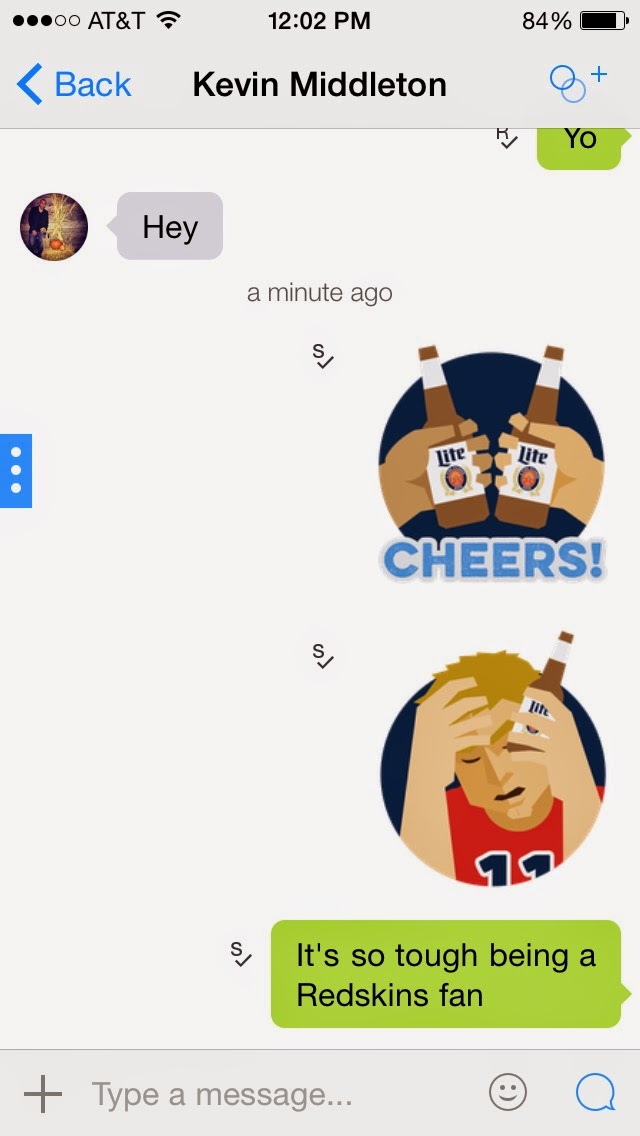Everyone is getting connected. The percent of unconnected adults globally has been decreasing at rapid speed from 100% to 27% and will continue to do so as the cost of smart phones drop and new technologies bring internet access to rural and remote areas worldwide.
Android's mobile ad traffic exploded in 2014. The company's share of mobile traffic increased by 25 percentage points according to a report from mobile ad platform Opera MediaWorks. There are two reasons for this growth: 1) the global migration to Android and 2) the introduction of more affordable smartphones. By the end of 2014, Android dominated the low-end market in 2014.
The billions who are getting access to mobile and smart phones and connect to the internet will change the world. They will now have access to the cloud and the world's information through search. With access to technology, these new users will contribute to the world's innovation and also to the global economy. If they are not your customers, they are your customer's customers. How will your business capitalize on this opportunity? Here are a few ideas:
Digital Stickers
The little images you can attach to chat app messages or on Facebook comments are increasingly being used by advertisers to get their brands in front of people. During the last Super Bowl, Miller Light ran a campaign aimed at reaching the digitally-inclined in this new way. They worked with a digital sticker agency, Swyft Media and created a free pack of 12 stickers that people can use with chat apps Kik and video-messaging app Paltalk, users can download for free and send to one another.The digital stickers were a huge success with over 600,000 downloads and millions of sends. A broader trend towards native advertising, these ads are cleverly disguised as content to make them pleasing and enticing to consumers.
Mobile Coupons
On February 28, 2015, a professor from New York University, Anindya Ghose, will present a paper on “Randomized Field Experiments in Mobile Marketing.” The presentation will discuss the explosive growth of smart phones and location-based services, which has resulted in a the rise of mobile advertising, and the effectiveness of mobile marketing and promotions.The paper focuses on 3 main concepts. The first experiment measures the effectiveness of mobile coupons using data from a location based app for smartphones. In a second large scale field study, the role of contextual crowdedness on the redemption rates of mobile coupons is examined. In the third study, the researchers propose a new mobile advertising strategy that leverages full information on consumers' offline course. "These studies causally show that mobile advertisements based on real-time static geographical location and contextual information can significantly increase consumers' likelihood of redeeming a Geo-targeted mobile coupon."
Personalized Ads
Personalized digital media companies, such as Catalina offers a mobile advertising platform that allows brands to deliver personalized ads based on purchasing behavior and tie their media buy back to in-store sales. Personalized ads are more successful when brands are able to merge their own shopper data with media and household purchasing data from Nielsen and 4Info’s offline household database.Apps
Apps will outperform traditional ads because consumers don’t perceive them as advertising, they welcome them for their functionality and thus don’t find them pushy. Apps are more attractive for marketers because they’re more cost-efficient than traditional ads, and sometimes create entirely new revenue streams. Smartphone apps fall into five categories: Games and entertainment, Social networks, Utilities, Discovery and Brands.Marketers should create apps that add value to consumers’ lives and enhance long-term engagement with their brands. To do so, they need to develop apps that add convenience, offer unique value, provide social value, offer incentives, and entertain.






No comments:
Post a Comment